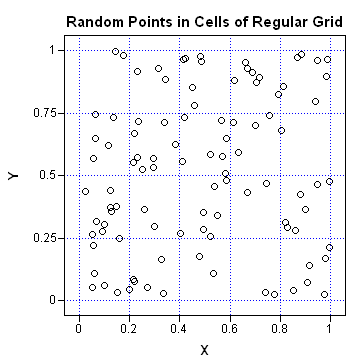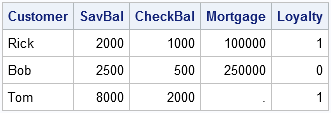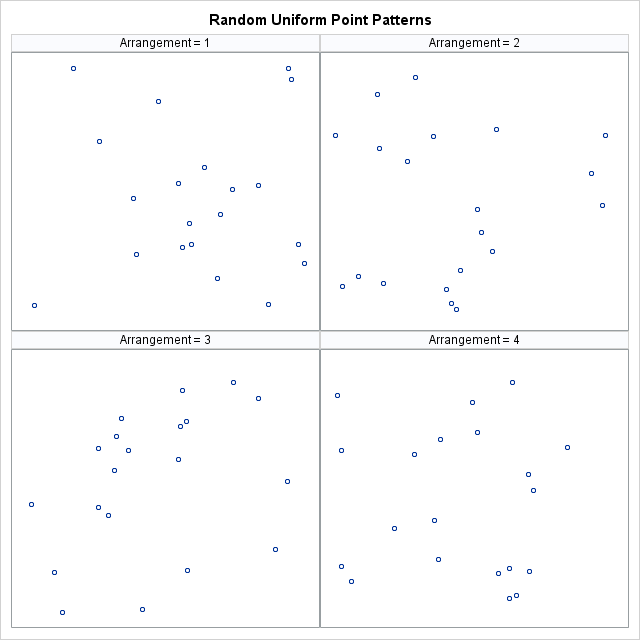The DO Loop
Statistical programming in SAS with an emphasis on SAS/IML programs
One of my New Year's resolutions is to learn a new area of statistics. I'm off to a good start, because I recently investigated an issue which started me thinking about spatial statistics—a branch of statistics that I have never formally studied. During the investigation, I asked myself: Given an

As Cat Truxillo points out in her recent blog post, some SAS procedures require data to be in a "long" (as opposed to "wide") format. Cat uses a DATA step to convert the data from wide to long format. Although there is nothing wrong with this approach, I prefer to

I sing in the SAS-sponsored VocalMotion show choir. It's like an adult version of Glee, except we have more pregnancies and fewer slushie attacks. For many musical numbers, the choreographer arranges the 20 performers on stage in an orderly manner, such as four rows of five singers. But every once

A histogram displays the number of points that fall into a specified set of bins. This blog post shows how to efficiently compute a SAS/IML vector that contains those counts. I stress the word "efficiently" because, as is often the case, a SAS/IML programmer has a variety of ways to

Have you ever wanted to compute the exact value of a really big number such as 200! = 200*199*...*2*1? You can do it—if you're willing to put forth some programming effort. This blog post shows you how. Jiangtang Hu's recent blog discusses his quest to compute large factorials in many programming languages.

The other day I needed to check that a sequence of numerical values was in strictly increasing order. My first thought was to sort the values and compare the sorted and original values, but I quickly discarded that approach because it does not detect duplicate values in a montonic (nondecreasing)
